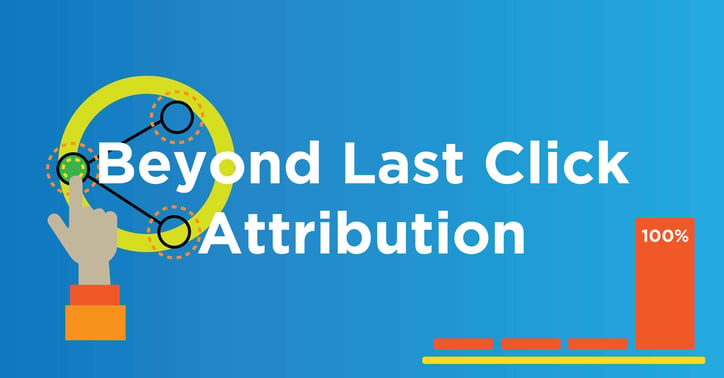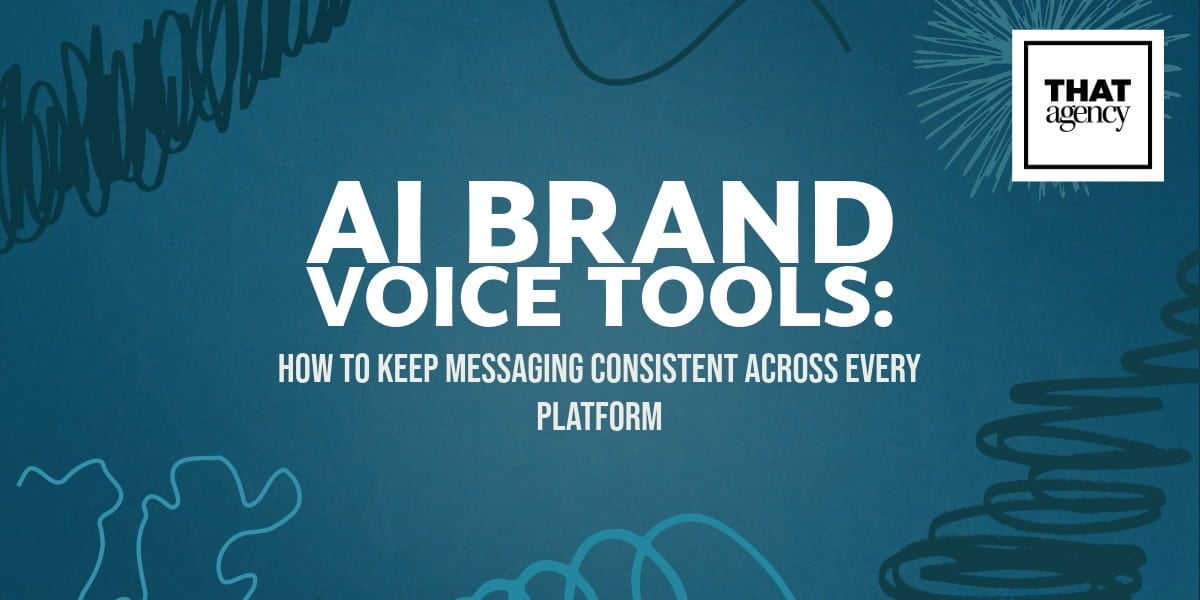
It's no surprise that year over year thousands of companies across hundreds of industries are investing more and more in digital marketing, advertising and media buying. In fact, Business Insider reports, " Digital advertising received $17.6 billion in investment from US companies in Q3 2016, according to the IAB’s and PwC’s latest Internet Advertising Revenue announcement."
Assessing Basic Attribution Models
So, what were the original components of investing in this avenue of marketing? One would be that targeting audiences on these channels and finding these audiences seems to be getting much easier and more customizable by the day, but the second of many reasons is what this blog will be focusing on. The tracking capabilities to put a true ROI on marketing spends. For most companies it's the million-dollar question, especially with the moving target that many new digital platforms provide. Sure, most marketers understand the broad picture of their ROI and can get a feel of sales numbers, but how in sync are those tracking methods? Impressions, clicks, engagements, CTR, conversions, events and the sales funnel are the foundations to those ROI questions, but can seem overwhelming with all the data. What we are really getting at here is the question “what efforts are bringing in the leads and money?”.
Last Click Attribution Issues
If you are unsure of what attribution models you are using, it’s a good bet your channels are under the last click attribution. The last click attribution model is attributing all conversions to the source that a visitor came through last to convert. Meaning 100% of the credit may go to Paid search when that source really didn’t generate the interest to start with. This also means the marketing dollars you are investing in media buying may not have a clear picture of what is truly moving the needle. Of course, you could log into your Google Analytics account and see 90% of your conversions are coming from a paid search branded campaign, but does that mean you should stop all other tactics?
Imagine this very likely scenario, your company runs a Facebook lead generation ad campaign directing traffic to your websites landing page. The ads receive a large amount of impressions yet the conversions aren't matching up in the bottom line, but while in Google analytics you see a sizeable uptick in paid search conversions during the period of your Facebook campaign. Since the paid search campaign created the conversions your team decides to cut the Facebook spend. The next month your conversions drop on Paid search leaving some confusion. Although you cannot directly associate conversions with social media, you have a feeling those impressions had a large impact. With this example in mind, you can begin to understand the necessity of creating another attribution model.
Other Attribution Models & Product Options
What are the options to overcome the default last click attribution model? Before jumping into the many different remedies or strategies to move away from a single conversion model, we need to make it clear that it’s okay to not know yet. A recent study from HubSpot breaks down the top problems digital marketers are having in their 2017 and 2018 strategies and the second most mentioned problem was the ability to prove the ROI of marketing activities, meaning this is an industry wide struggle. That being said, there are some great options now and coming down the pipeline to be aware of.
Here are two great options in tackling attribution struggles in 2018
- Google has made great efforts in bridging this gap of a full circle attribution model and is investing in the attribution models with multiple tools. The first being a new free product called Google Attribution. This new product was announced in early 2017 and isn’t quite ready for full public launch, but here is a resource on the product and its capabilities. For the time being, Google Analytics has a section located under the goals tab to review and use some default and custom options of attribution as well as model comparisons. If you would like more information on this tool, the different models and their credit attributions, please contact THAT Agency for a walkthrough.
- CRMs like HubSpot and partners of HubSpot can be beneficial in multiple aspects including the tracking and a collaboration aspect allowing for full funnel tracking as well as legitimate attribution tracking within your dashboard. For more information on inbound marketing, HubSpot, or creating your attribution reports in your HubSpot account contact THAT Agency as a certified partner.
We know THAT Agency isn't the only team that believes in a wholistic sales approach encompassing cross devices and channel models and to think otherwise may be leaving a large hole in your attribution models theory. If you would like to learn more about the strategies to overcome a narrow view of attribution, get in touch with the THAT Agency team.





